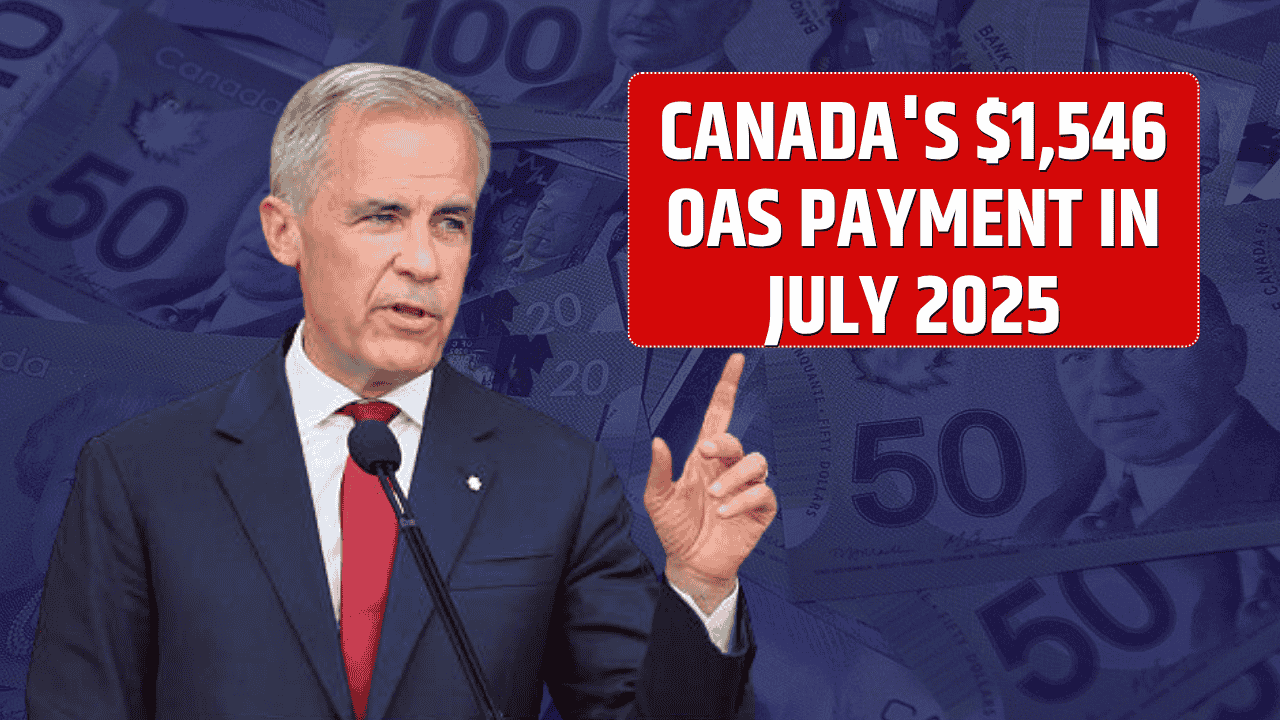A rare wave of bipartisan pressure in Washington has led the Trump administration to reverse course on its decision to freeze $6 billion in critical federal education funding. The money, which supports after-school programs, summer learning, adult education, and English language instruction, had been withheld without warning in early July—putting thousands of programs across the country at risk.
Now, following lawsuits from 24 states, advocacy from education groups, and a letter from 10 Republican senators, the administration has agreed to release the funds for the 21st Century Community Learning Centers (21st CCLC) program. But while the immediate crisis may be over, questions remain about the administration’s long-term commitment to these programs—and whether they’ll survive future budget battles.
Table of Contents
What Happened?
The Funding Freeze
Each year, the Department of Education distributes billions to fund supplemental learning programs through 21st CCLC and other initiatives. Normally, these funds are released on July 1, allowing schools and community organizations to run summer programs and plan for the fall.
But this year, the Trump administration delayed the release, citing a “programmatic review” over concerns that the funds were being used to promote a “leftwing radical agenda.” No evidence of misuse was provided.
The freeze caused chaos, forcing some programs to pause operations and others to shut down altogether.
Who Was Affected?
The withheld funds support:
- After-school programs for low-income students
- Summer learning initiatives
- Adult education programs
- English as a Second Language (ESL) services
These efforts help millions of students and families across the U.S., especially in under-resourced communities. Some contractors, like education consultant Risa Woods, saw schools back out of contracts due to frozen funds.
“They’d really love me to come, but… the funds have been frozen,” Woods explained.
The Reversal
On Friday, a senior Trump administration official confirmed that the review had concluded, and that funds would be released to states. However, they also noted that “guardrails” would be placed to ensure compliance with presidential directives. The details of these guardrails remain unclear.
Still, the decision brought relief to educators and advocacy groups.
“We’re delighted,” said Aaron Dworkin, CEO of the National Summer Learning Association.
“There was a lot of uncertainty and nervousness.”
Why the Pressure Worked
What made this case unusual is that opposition came from both sides of the aisle. A group of 10 Republican senators, led by Sen. Shelley Moore Capito (R-W.Va.), sent a letter to the administration urging the release of the funds. The letter emphasized that these programs align with conservative principles of local control over education.
“In direct response to our letter, these funds are being released,” Capito posted on X (formerly Twitter).
Even conservative think tanks acknowledged the importance of respecting state autonomy in how education dollars are used.
“You just have to live with it if money is going to a blue state for blue state things,” said Adam Kissel of the Heritage Foundation.
But the Threat Isn’t Over
Despite the victory, education advocates say the fight is far from over. President Trump’s next proposed budget includes $0 in funding for 21st CCLC—instead folding it into a “K–12 Simplified Funding Plan” that could dramatically reduce support for after-school and enrichment programs.
“We remain deeply concerned,” said Jodi Grant of the Afterschool Alliance.
“This is not the end of the battle.”
What Comes Next?
| Key Issues to Watch | Details |
|---|---|
| Final release date of the $6B | No specific date has been announced |
| Nature of “guardrails” | Unknown; could impact how states and districts use funds |
| Next year’s budget proposal | Proposes $0 for 21st CCLC; may face bipartisan resistance |
| Advocacy efforts | Lawsuits, lobbying, and grassroots organizing expected to continue |
The Bigger Picture
The temporary funding freeze highlights how even long-standing, bipartisan-supported education programs can become political targets. Although this round of pressure worked, the instability is causing trust issues among schools, families, and service providers.
“We’ve had to put Band-Aids on programs,” said Grant. “Some have already started to close.”
Educators and administrators now face a new challenge: preparing for the uncertainty of next year while trying to recover from the disruption caused by this summer’s freeze.
FAQs
What programs are funded by the $6 billion?
Mainly after-school, summer learning, adult education, and ESL programs through the 21st Century Community Learning Centers.
Why did the administration freeze the funds?
They claimed a review was needed to ensure funds weren’t being used to support a “leftwing radical agenda,” though no specifics were provided.
Have the funds been fully released yet?
The administration has announced the release, but hasn’t confirmed a date or details about new guardrails.


























